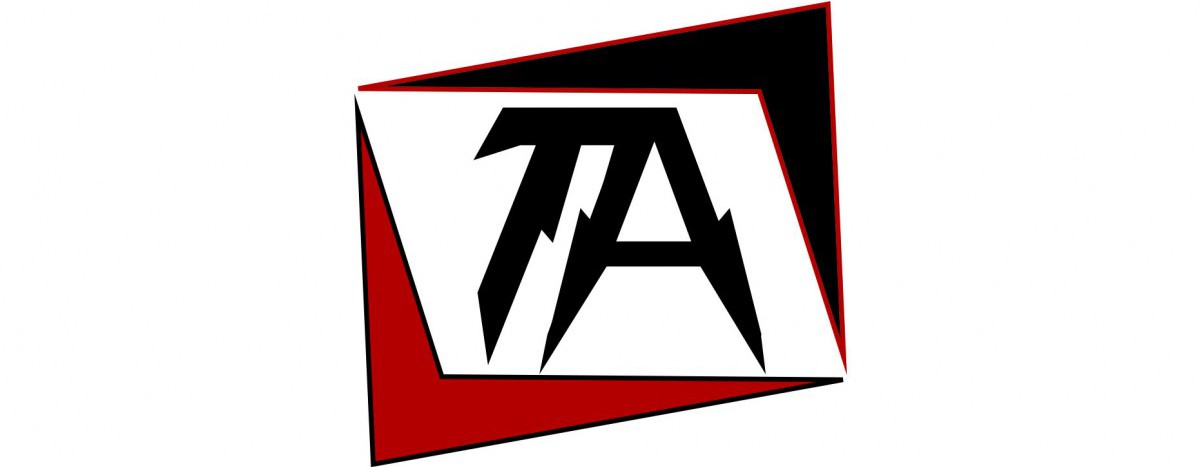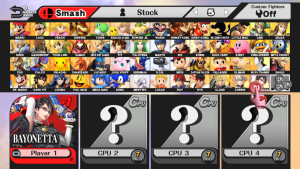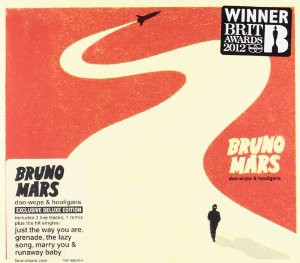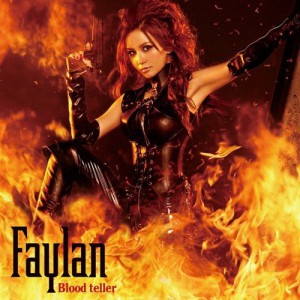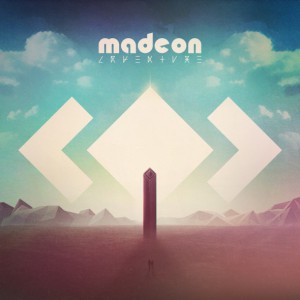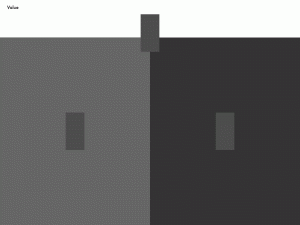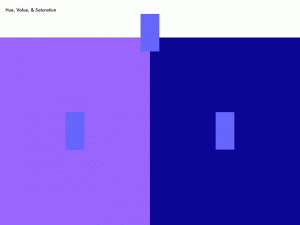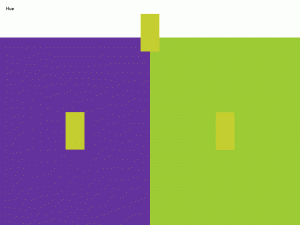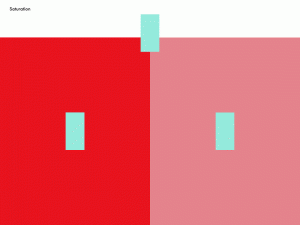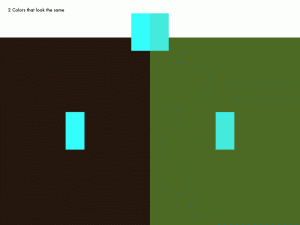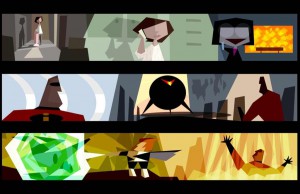For this class, we saw two TEDtalks about Stefan Sagmeister. He is a graphic designer who originated from Austria, but currently works in New York City. In both of the TEDtalks that I saw, he spoke about the correlation between design and happiness. From my understanding of this, it is a rather tricky feat. While showing happiness is a very simple task, making people feel this way is easier said than done. What makes this especially difficult is how outlandish some of his ideas tend to be. Even now, some work makes me smile, while others keep me in a state of utter confusion. Regardless of whether or not you understand what he creates, he still manages to keep an attentive audience.
Despite not being able to make sense of everything Sagmeister creations, I find myself unable to dislike anything because it’s all so weird. I can’t properly explain it, but his designs come off as extremely weird. For example, he created a piece called “AIGA New Orleans Jambalaya”, which shows a decapitated chicken running away from typography. As I stare at this piece, I can’t help but ask myself, “What the f*ck am I staring at”? It’s so weird that I have no idea how to properly react. Yet, I can’t dislike it. I prefer to learn more about it than hate it.
Aside from the oddities that Sagmeister creates, I find it very interesting how he is very collaborative. Usually, most designers would either limit whom they want to work with or just stay solo. However, he seems to be very interested in collaborating with other graphic designers. An example that was shown during one of the TEDtalks was a set of steamed windows with happy messages written on them by Sagmeister, and other designers, such as Milton Glaser. I found this idea of collaborating to be very intriguing since I find it strange to see designers at a higher level working together just because they want to rather than having an incentive. It’s as if Sagmeister has such a powerful charisma that makes people want to work with him even if they have absolutely no reason to do so, and I find this to be a very amazing trait to have.
Adding to the aforementioned charisma, not only do people respond to it, but also it seems that he also likes to give said feelings back. In one of the TEDtalks, he brings up other people’s designs that made him experience happiness. One experience in particular was Ji Lee’s “Bubble Project”, where blank speech bubbles were places all over New York City, and the public would fill them in with anything they wanted. He felt happy from this project because it allowed him to be just as invested in the design process along with the entire public. When you think about it, he doesn’t have to acknowledge a random designer’s work, and just focus on his own instead. However, this project made him so happy that he wanted to give some of his charisma to this designer by talking about the project with such passion. To me, this shows that he genuinely appreciates designers, and their work instead of being so self-absorbed.
Overall, I find Sagmeister to be a very interesting designer. To me, he stands out from many designers with his oddball designs, ability to collaborate, as well as his charisma while retaining professional design decorum. Most designers would rather stick to themselves, and act all uptight towards others. Instead, he is very positively involved in his projects, as well as an interested spectator towards others’ designs. I can’t help but want to see more of his work to feel the happiness, and positivity that is portrayed in them.
